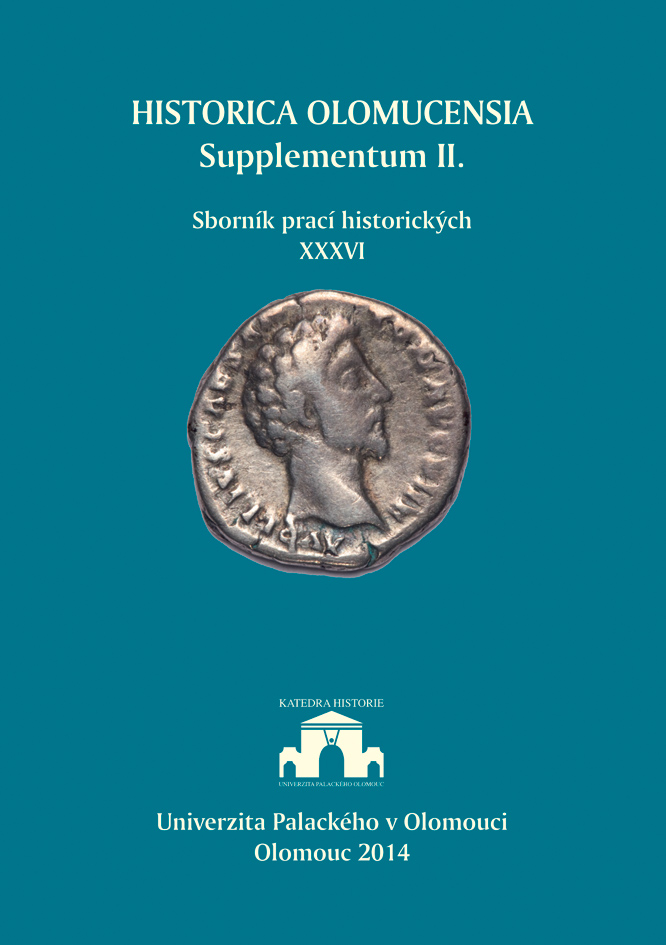Germáni v Jevíčku a na Malé Hané v době římské
The Germanic Peoples in Jevíčko and Malá Haná in the Roman Period
Author(s): Eduard DroberjarSubject(s): History
Published by: Univerzita Palackého v Olomouci
Keywords: Roman period; Germanic peoples; Malá Haná; archaeology; numismatics; interregional contacts
Summary/Abstract: The goal of this paper is to provide the basic overview of the settlement and significance of some archaeological sites on the basis of the localities’ list in the region Malá Haná from the Roman period. The prominent position among them takes the cremated burial site from the Early Roman period in Jevíčko. The five-year lasting archaeological research (2010–2014) under the leadership of the author of this article showed the important position of this locality in the period before and probably during Marcomannic wars (166–180). The evidence is made by founded gift s in graves, not only Elbe--Germanic but also Roman and East Germanic (Przeworsk and Wielbark) imports. The settlement, most likely with a hillfort, was built in a place of a defunct burial site in Jevíčko at the end of the Roman period (the second half of the 4th century). Moreover, in the area of that late Sueby settlement there are found numerous Roman and late Przeworsk elements, which may be also related to the origins of the Migration period. The whole territory Malá Haná was quite intensively peopled by Elbe-Germanic tribes in the course of the Roman period, particularly in the 2nd and 3rd century and in the second half of the 4th century. It is evident thanks to many settlement as well as sporadic archaeological and numismatic finds.
Journal: Historica Olomucensia. Sborník prací historických
- Issue Year: XXXIV/2014
- Issue No: Suppl. 2
- Page Range: 53-73
- Page Count: 21
- Language: Czech

